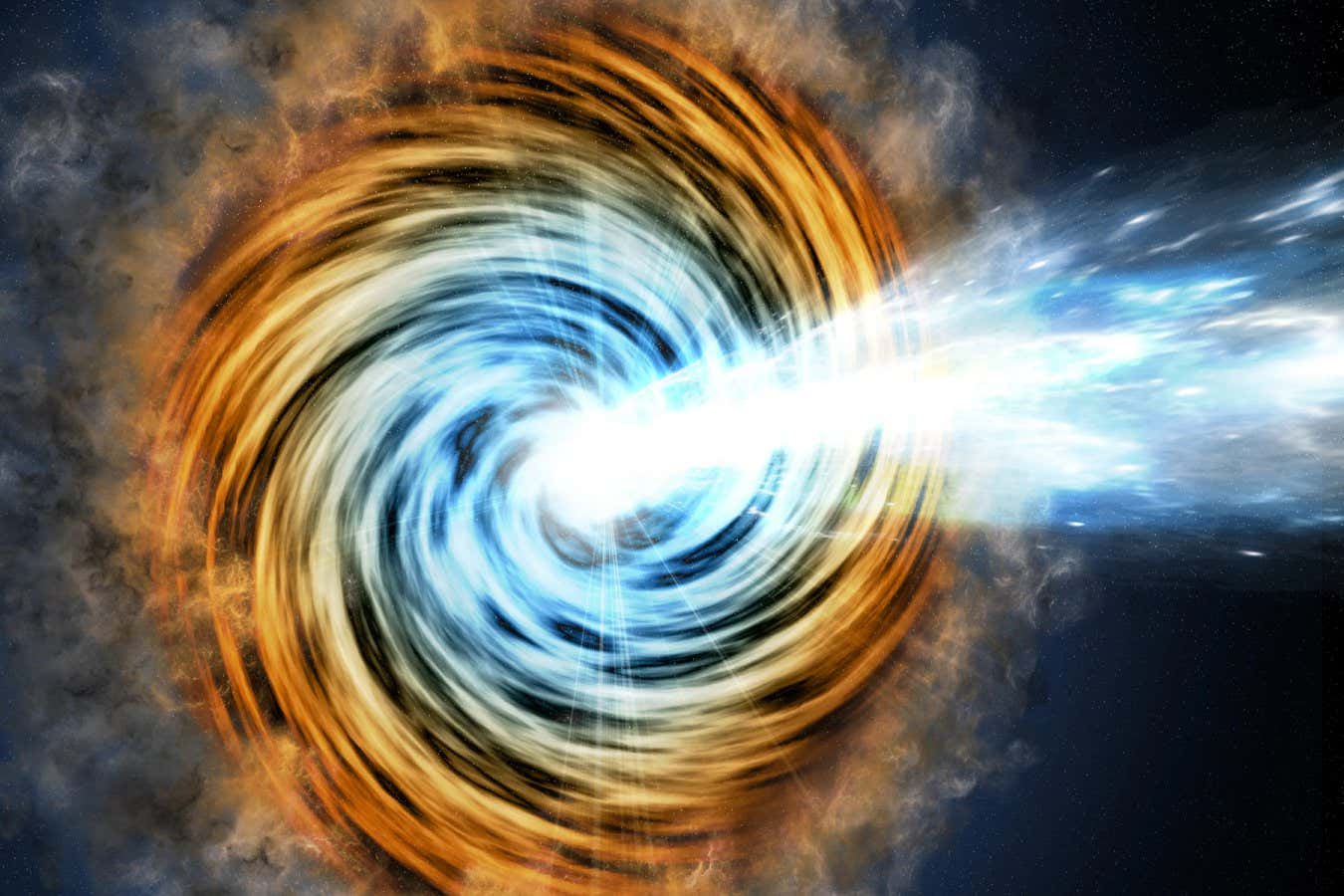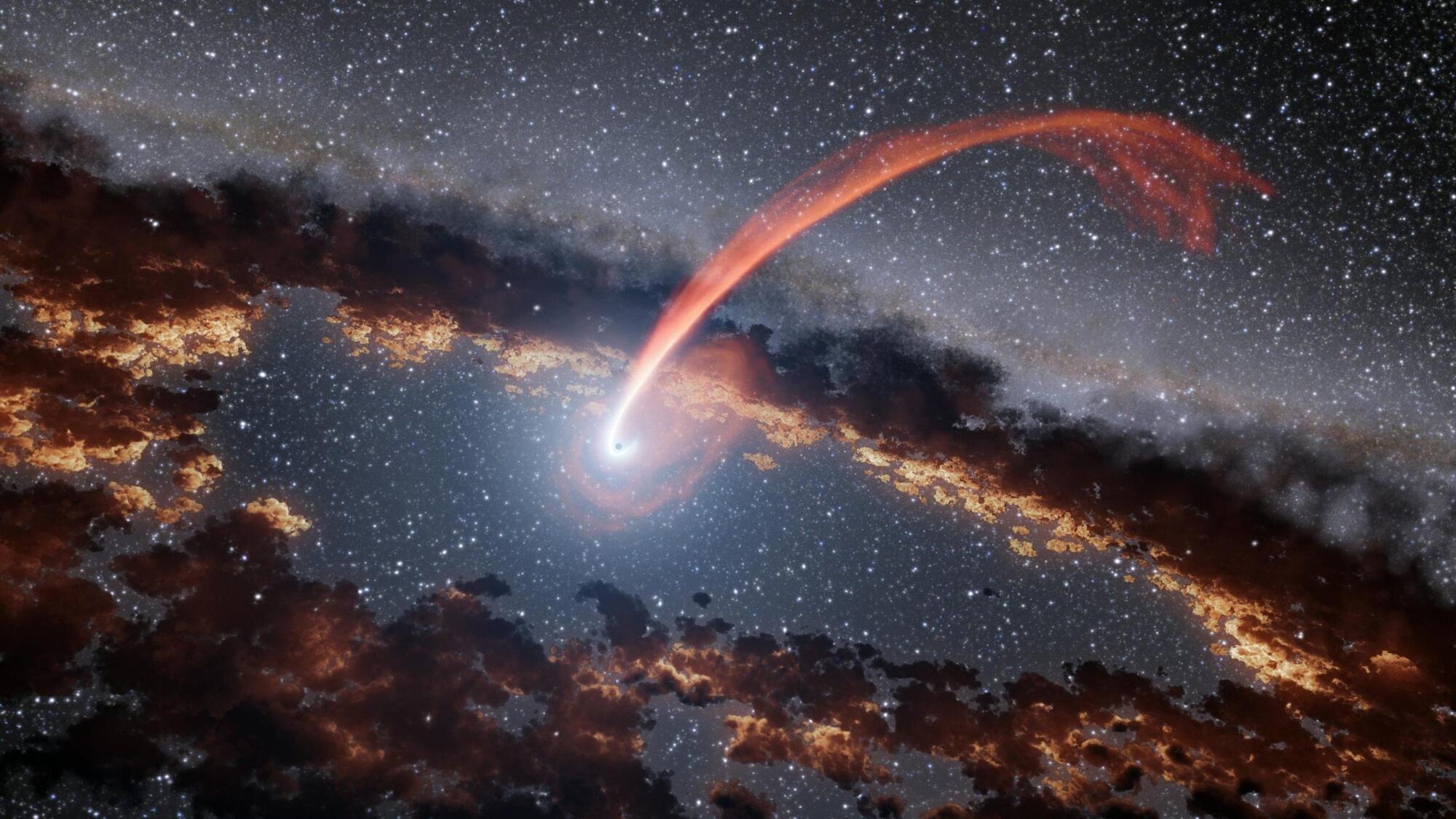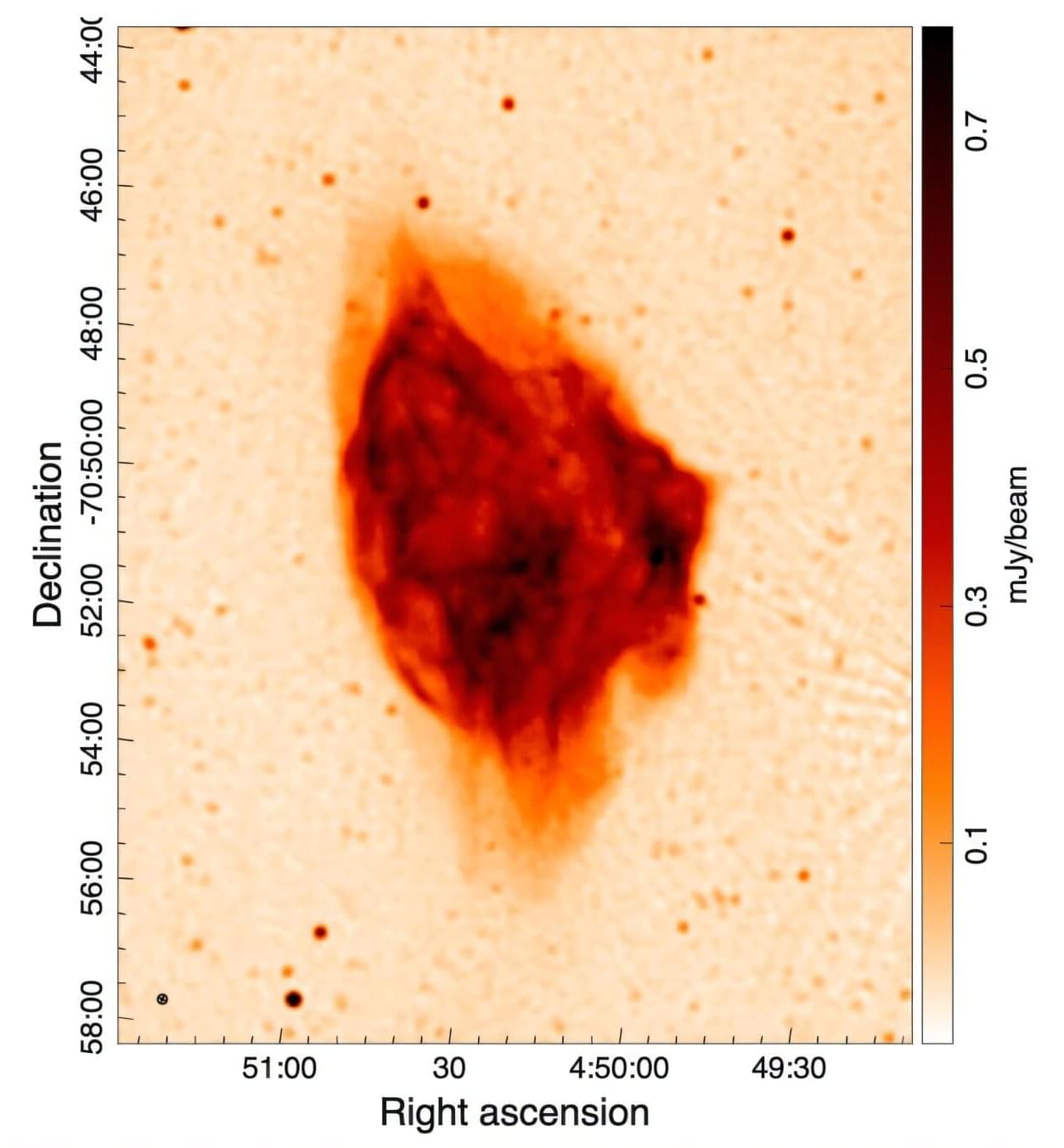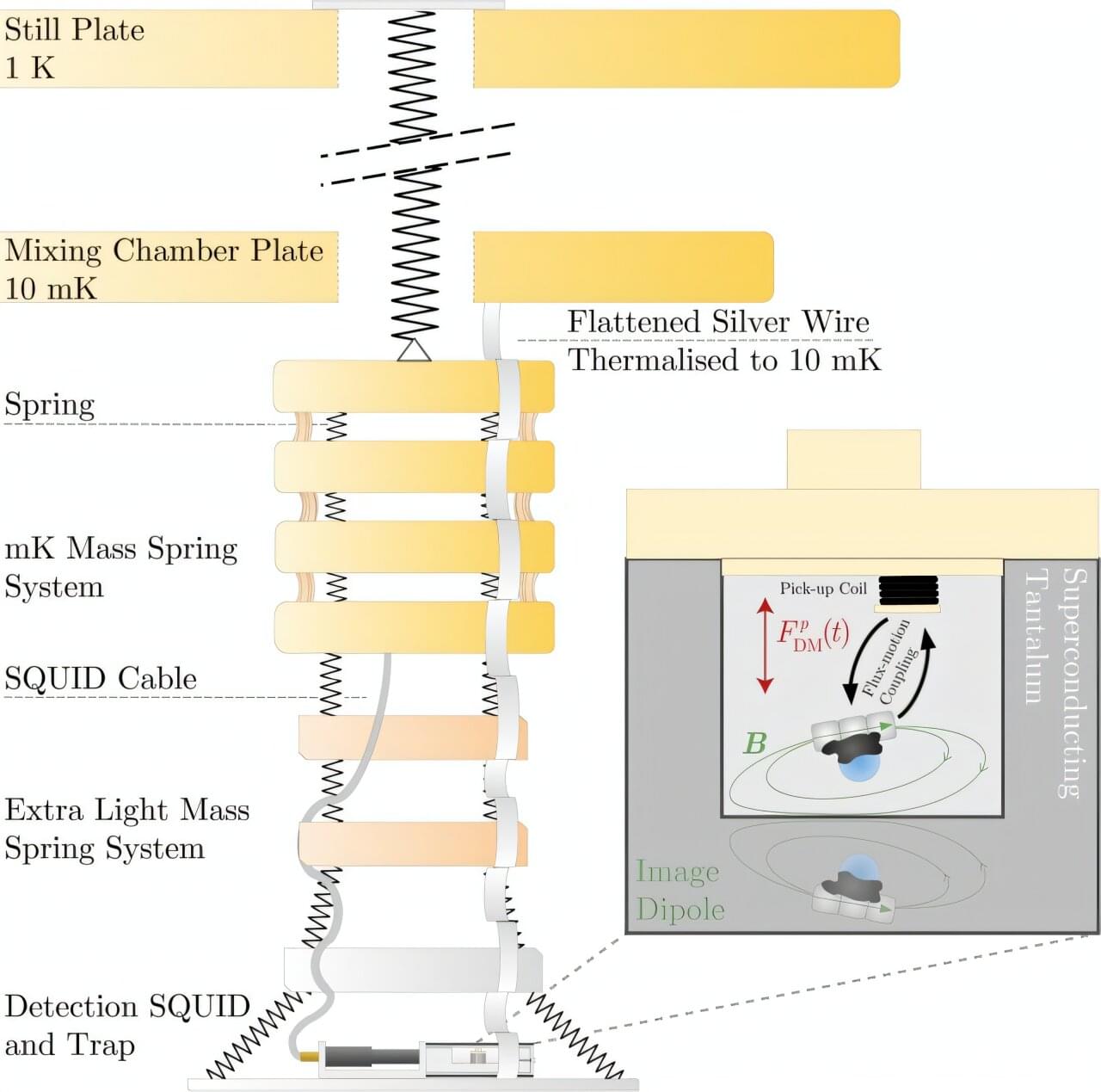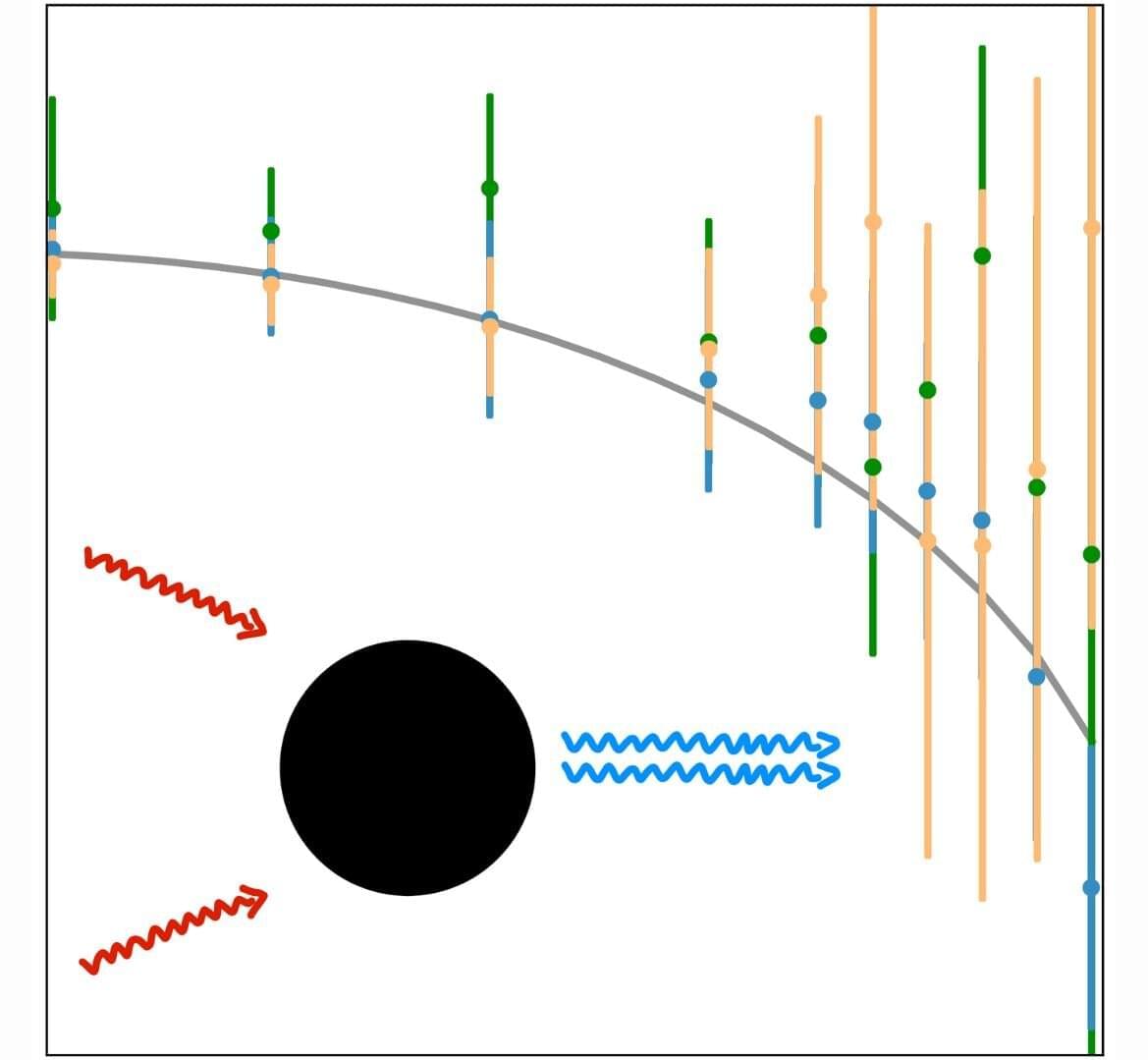Astronomers have used the Atacama Large Millimeter/submillimeter Array (ALMA) to peer into the early universe and uncover the building blocks of galaxies during their formative years. The CRISTAL survey—short for [CII] Resolved ISM in STar-forming galaxies with ALMA—reveals cold gas, dust, and clumpy star formation in galaxies observed as they appeared just 1 billion years after the Big Bang.
“Thanks to ALMA’s unique sensitivity and resolution, we can resolve the internal structure of these early galaxies in ways never possible before,” said Rodrigo Herrera-Camus, principal investigator of the CRISTAL survey, professor at Universidad de Concepción, and Director of the Millennium Nucleus for Galaxy Formation (MINGAL) in Chile. “CRISTAL is showing us how the first galactic disks formed, how stars emerged in giant clumps, and how gas shaped the galaxies we see today.”
CRISTAL, an ALMA Large Program, observed 39 typical star-forming galaxies selected to represent the main population of galaxies in the early universe. Using [CII] line emission, a specific type of light emitted by ionized carbon atoms in cold interstellar gas, as a tracer of cold gas and dust, and combining it with near-infrared images from the James Webb and Hubble Space Telescopes, researchers created a detailed map of the interstellar medium in each system.


